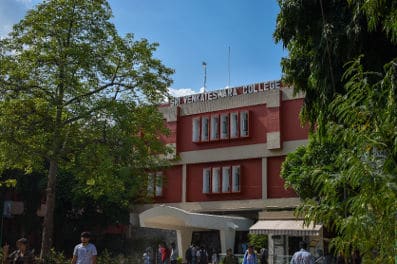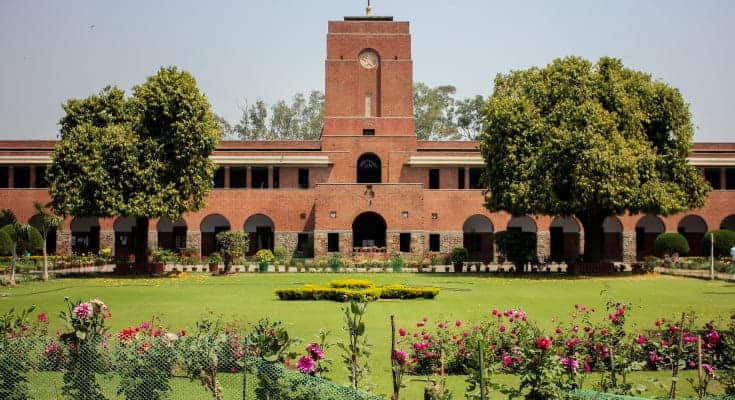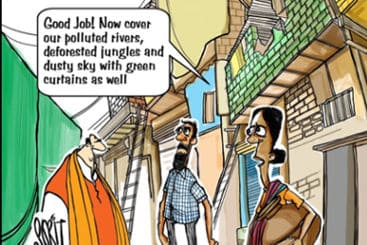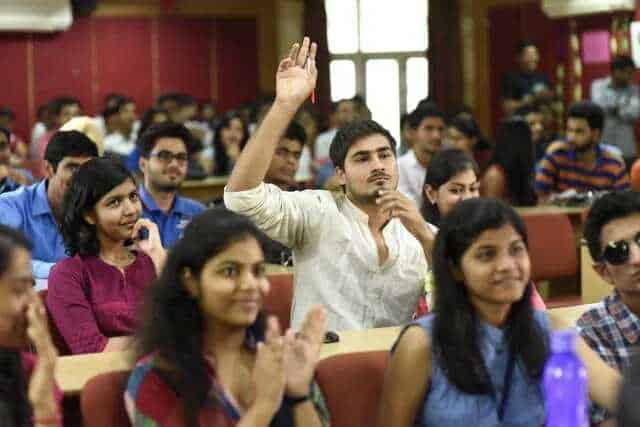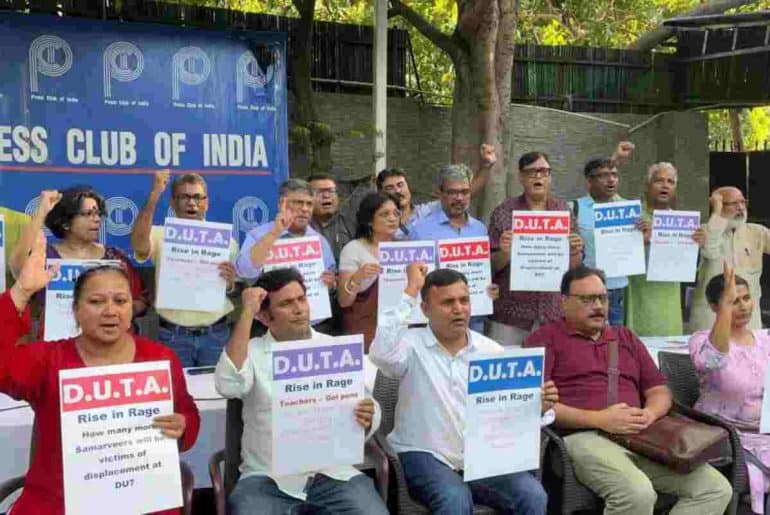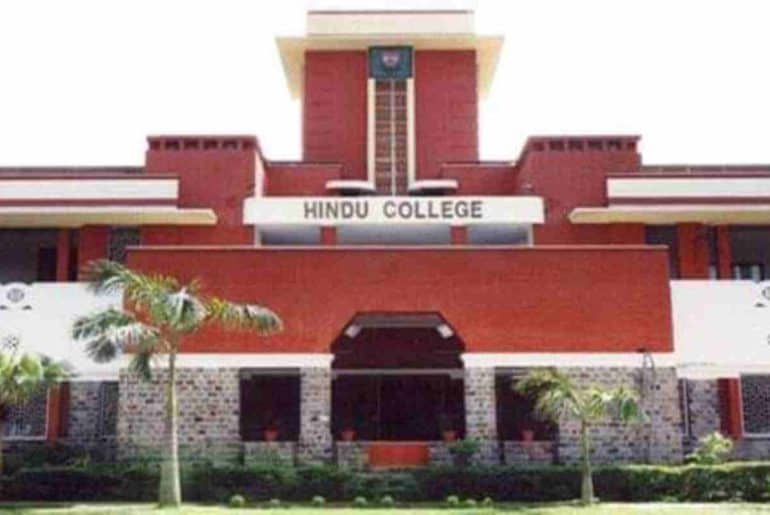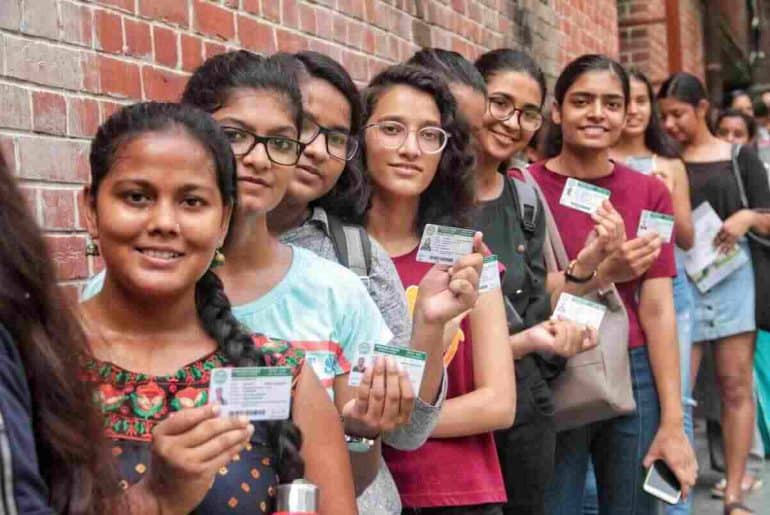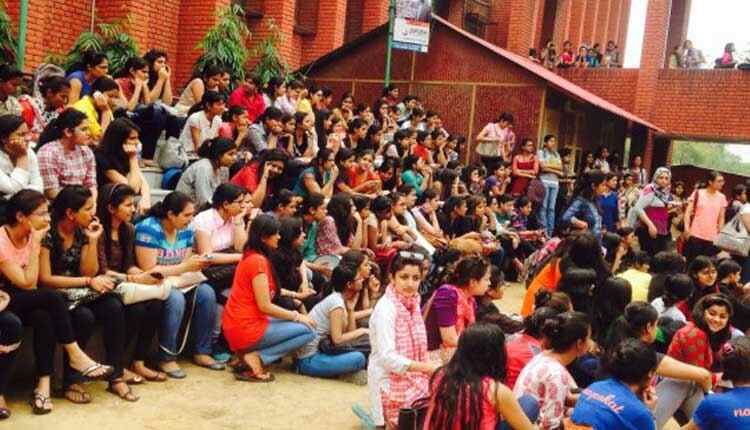The abrupt removal of five ad-hoc teachers from the Sociology Department at IP College has stirred new concerns about the college administration’s decision and the impact of this on both students and the faculty.
On September 29, 2023, Indraprastha College for Women (IPCW) released the list of candidates selected for the positions of assistant professors in the Sociology department. This announcement came as a surprise to both the department’s existing staff and students, as five ad-hoc teachers, with years of service at the institution, were unexpectedly displaced. The college had been conducting interviews to fill various vacancies in several departments for a while. Notably, none of the eight newly recruited professors were from the previous faculty.
The displaced faculty, who participated in the interviews, were shocked to learn that they had been replaced without any justification or prior indication. They expressed their dismay over the lack of support and understanding from the administration. One of the affected faculty members shared,
There were no words of comfort or support extended from the admin’s end. We are clueless and shattered.”
The displaced teachers had been dedicated to their roles, making significant contributions to the department’s success. They voiced their concerns regarding the fairness of the process, amidst claims of ideological differences being a reason for such sudden removals, one of the displaced ad-hoc professors emphasized that,
It is not Us vs. Them; we are not opposed to the newly hired teachers, but we are questioning the fairness of the process in that the contributions and labour of the teachers who had been working in the department for a number of years were not prioritised. We were replaced by those who had just received their master’s degrees and have little to no experience; how can they be better than us?”
Moreover, the professors demanded accountability from the selection committee and the college administration. They emphasized that this issue is not just about the fate of teachers but also about the well-being and educational experience of the students. The sudden change in faculty could disrupt the existing environment of class rooms and impact the students’ learning process.
One student from IPCW expressed,
They should have retained some of the old professors for the sake of students. Everything happened overnight. Our professors had created this department with love and dedication, and we were not prepared for this sudden change. The department was led by experts in their field, and the shock still lingers.”
Another student shared their initial experience with the new faculty, saying,
We had complete trust in our old professors’ teaching styles, and we were comfortable with them. Some of the new faculty lack prior experience, which has been a source of frustration for us as students. With exams approaching, we are concerned about the time it might take for the new faculty to adapt to our learning environment.”
During conversations, the displaced ad-hoc faculty mentioned their gratitude for the overwhelming support they received from their students and the larger academic community. However, they expressed doubts about the promise of getting position into other institutions, given the limited number of sociology departments in the university.
In conclusion, this incident at IPCW raises concerns about the legitimacy of decisions made by colleges and selection committees. Such decisions not only impact the professors who are displaced but also have far-reaching consequences on students’ education and the department’s reputation. The displaced faculty members hope that similar situations do not occur in the future.
We as teachers try to build the vision of students, we believe that with our experience they can also benefit, It takes time to form such bonds with students that we had already built. The message is simple, value the labour and contributions of those who have given their everything to build this field.” One of the displaced ad-hoc teachers from IPCW.
Image Credits – Google Images
DU Beat



